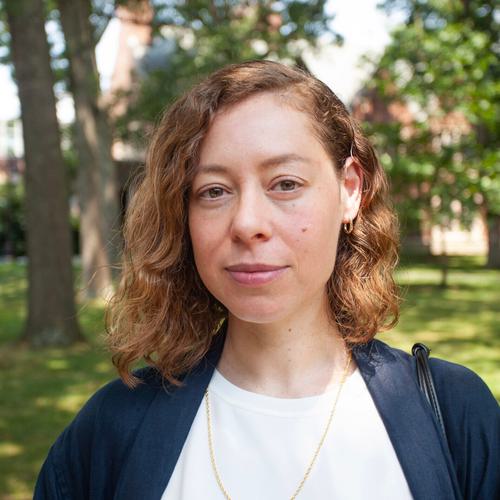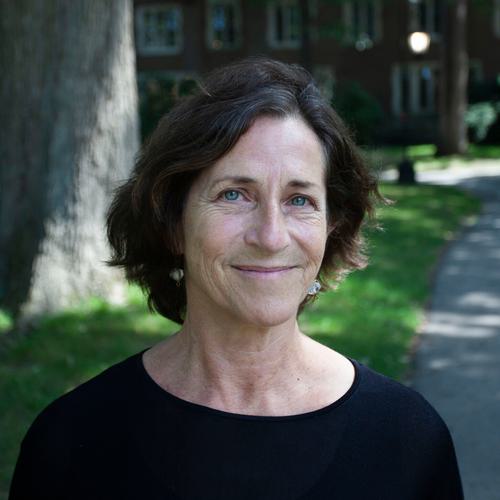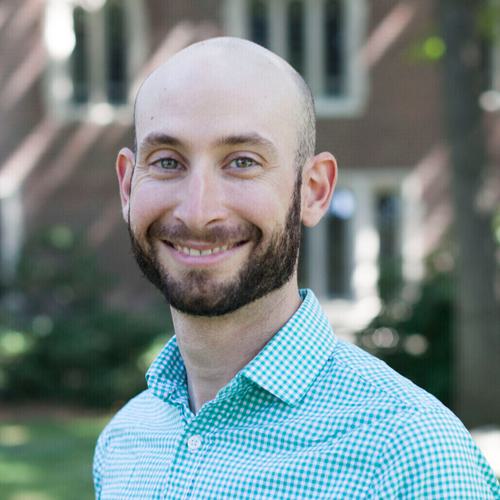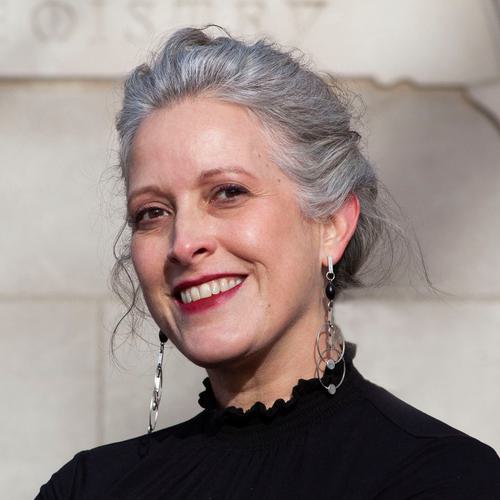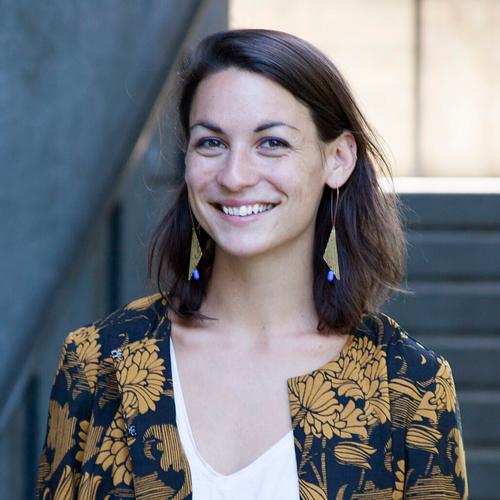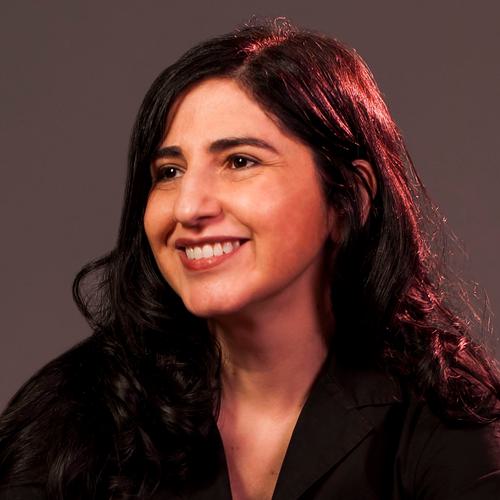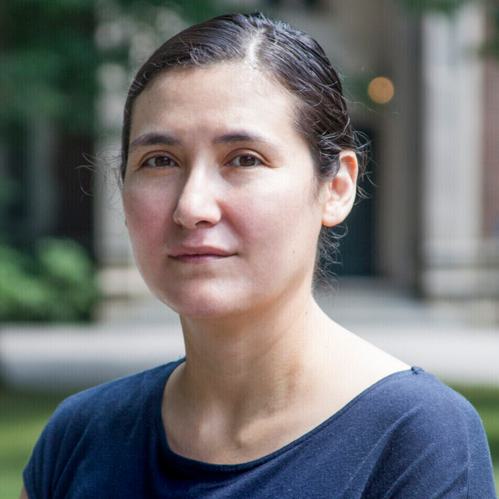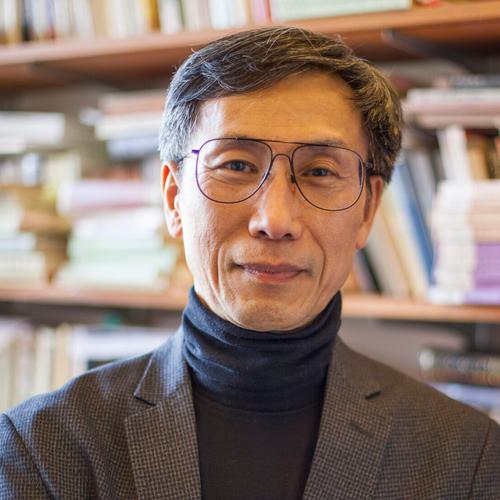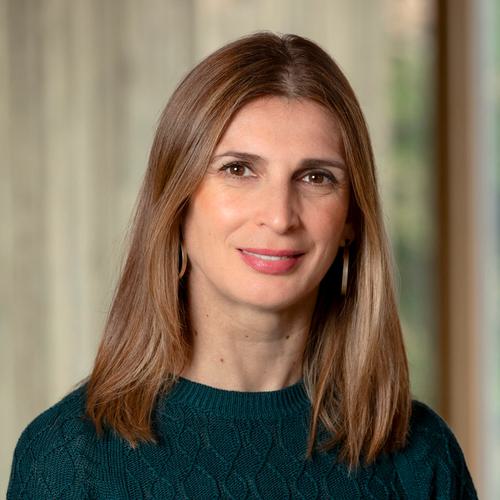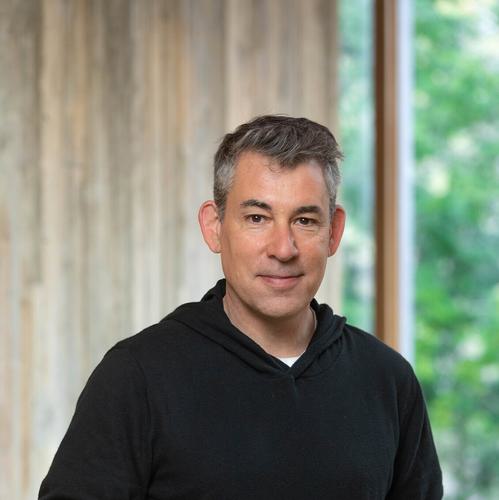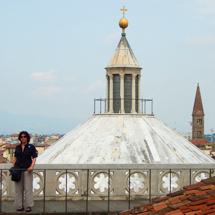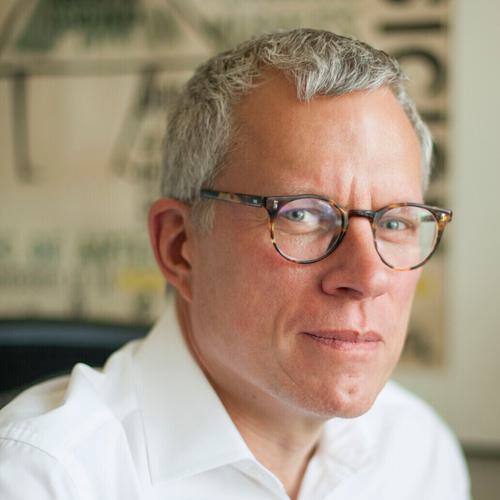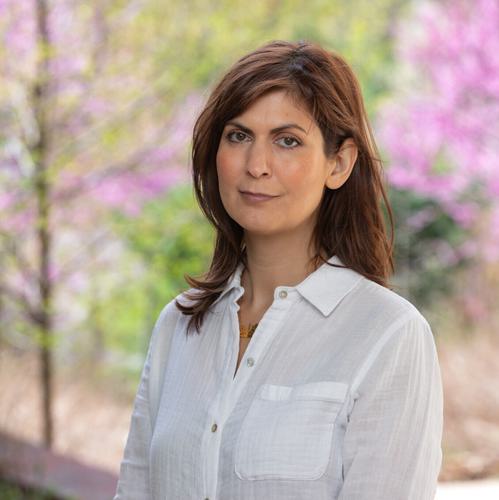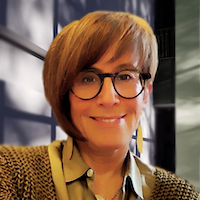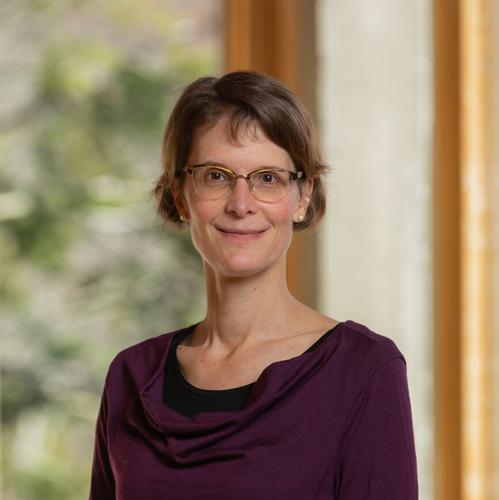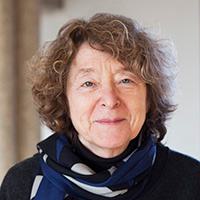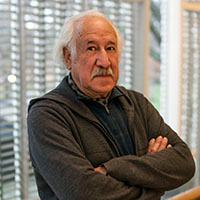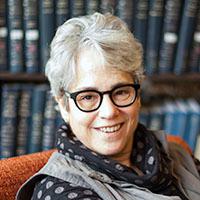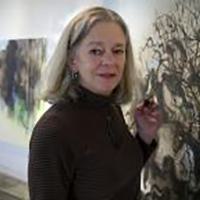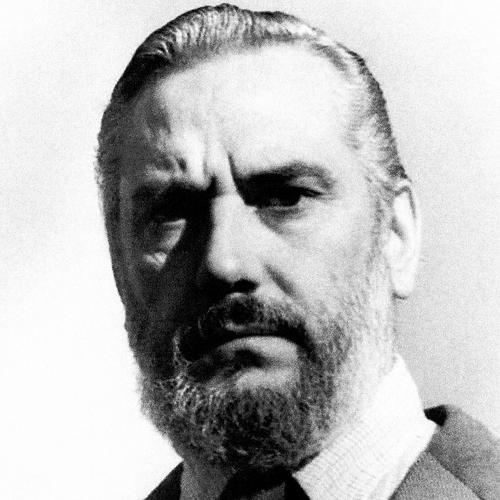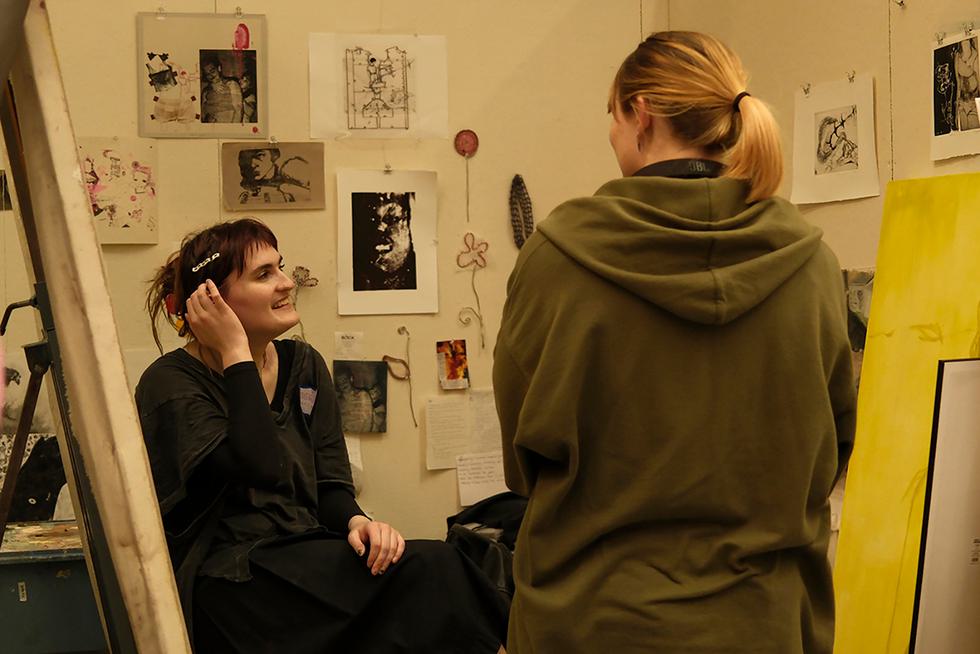Art
Academic Department Introduction
The Art Department is an umbrella for five programs: Art History, Studio Art, Architecture, Cinema and Media Studies (CAMS), and Media Arts and Sciences (MAS). Students can major or double major in any of these fields, and they have the option to minor in art history, studio art, or CAMS. We believe the rigorous study of art and visual culture is critical to a liberal arts education and to a person’s power to interpret, shape, and master their environment.
Programs of study
-
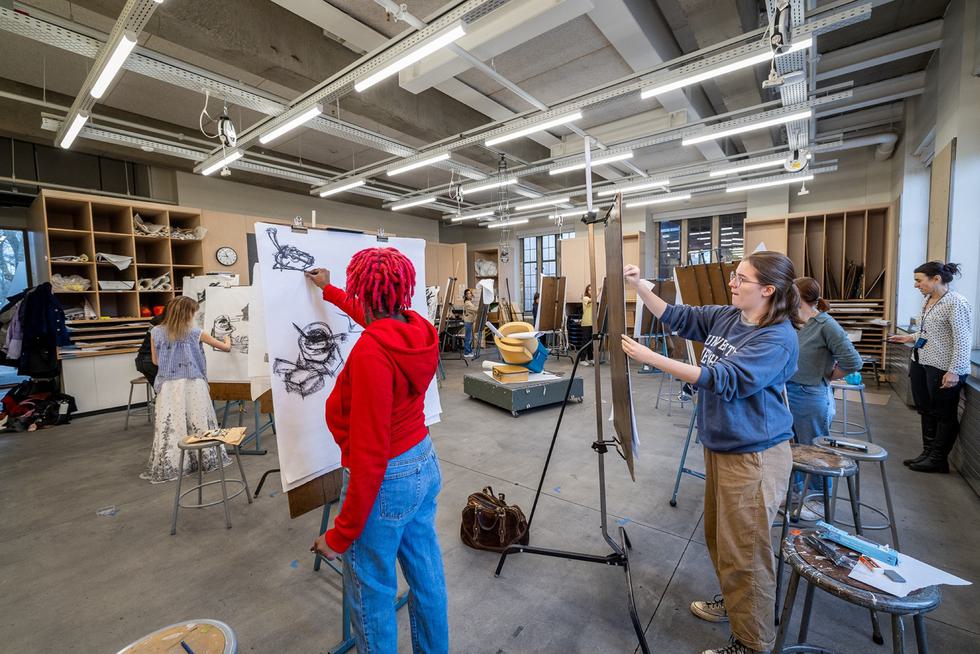
Studio art
Investigate a range of artistic media to acquire technical proficiency and develop a personal material language.
-
Art history
Gain a critical awareness of visual culture and knowledge of art in its historical and global contexts.
-
Architecture
Apply interdisciplinary methodologies, critical theories, and professional ethical codes to interpreting architecture and urban form.
-
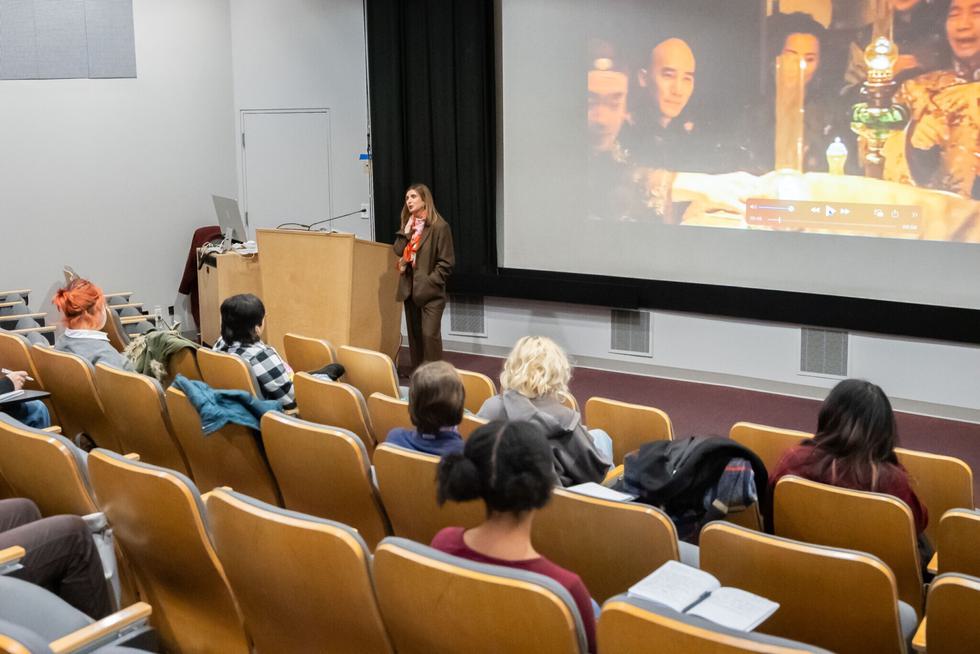
Cinema & media studies
Develop agency in the fight against censorship, misinformation, and surveillance that affect media production and consumption.
-
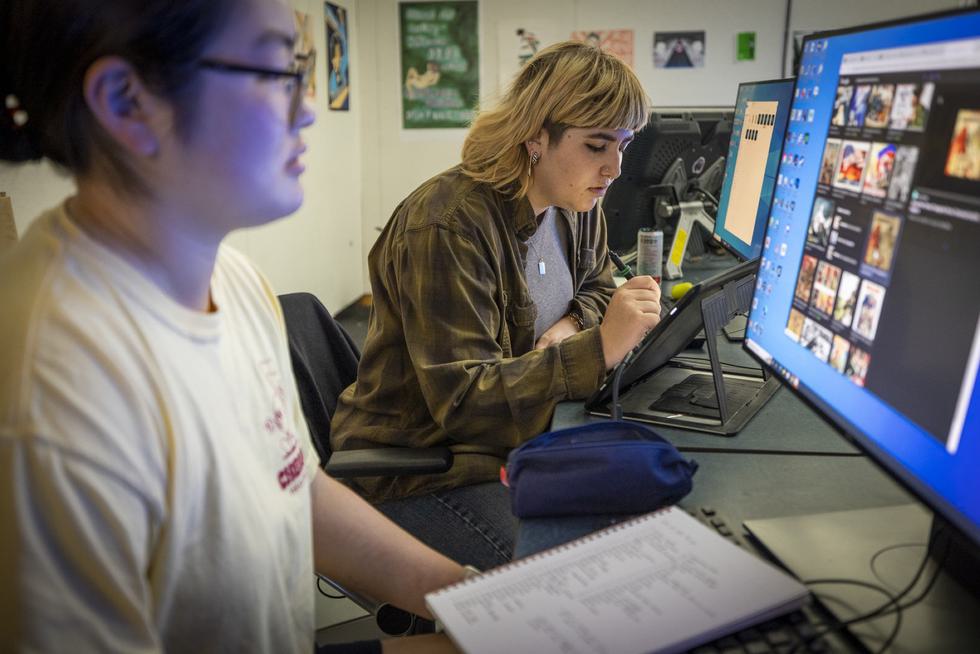
Media arts & sciences
Examine, analyze, interpret, and critique digital media applications to achieve a well-rounded understanding of both art and computer science.
Course highlights
Life Drawing
ARTS217
Understanding the human form through sustained observational drawing, research, and experimentation. An intensive, mixed media drawing course that balances careful visual analysis with empathetic, gestural response. Tactile, experiential drawing exercises are complemented by shared readings and research addressing questions of representation in art and cultural conceptions of the body.
-
Advanced Independent Senior Projects
ARTS317H
Part I of a year-long seminar supporting advanced studio students, divided into one half-credit course offered during the Fall semester and one half-credit in the Spring. This methodology-based course functions as an overlay to advanced studio projects underway in the context of 300 level studio classes and thesis projects. Students enrolled in the course will have access to independent workspace for the year and benefit from sustained dialogue and studio critiques with a range of faculty and visiting artists, including those hosted through the Frank Williams Visiting Artist Lecture Series. This course is mandatory for all Studio Art majors and strongly recommended for Studio Art minors and related visual arts majors. -
Advanced Projects in Lens-Based Media
ARTS365
This advanced-level projects class centers on the production and critique of individual lens-based media, including film/video, photography, and digital time-based media. Students will develop semester-long projects and will articulate their artistic process through a series of presentations and critiques over the semester structured alongside screenings, readings, invited lectures, and discussions that investigate various positions from artists and directors on the dynamics of space on screen. This is a project-based rather than an assignment-based class, and students will be encouraged to try new techniques and exercises as their work progresses over the semester. Students work individually and in groups and will participate in their peers' production exercises. (ARTS 365 and CAMS 335 are cross-listed courses.)
Exhibitions
-
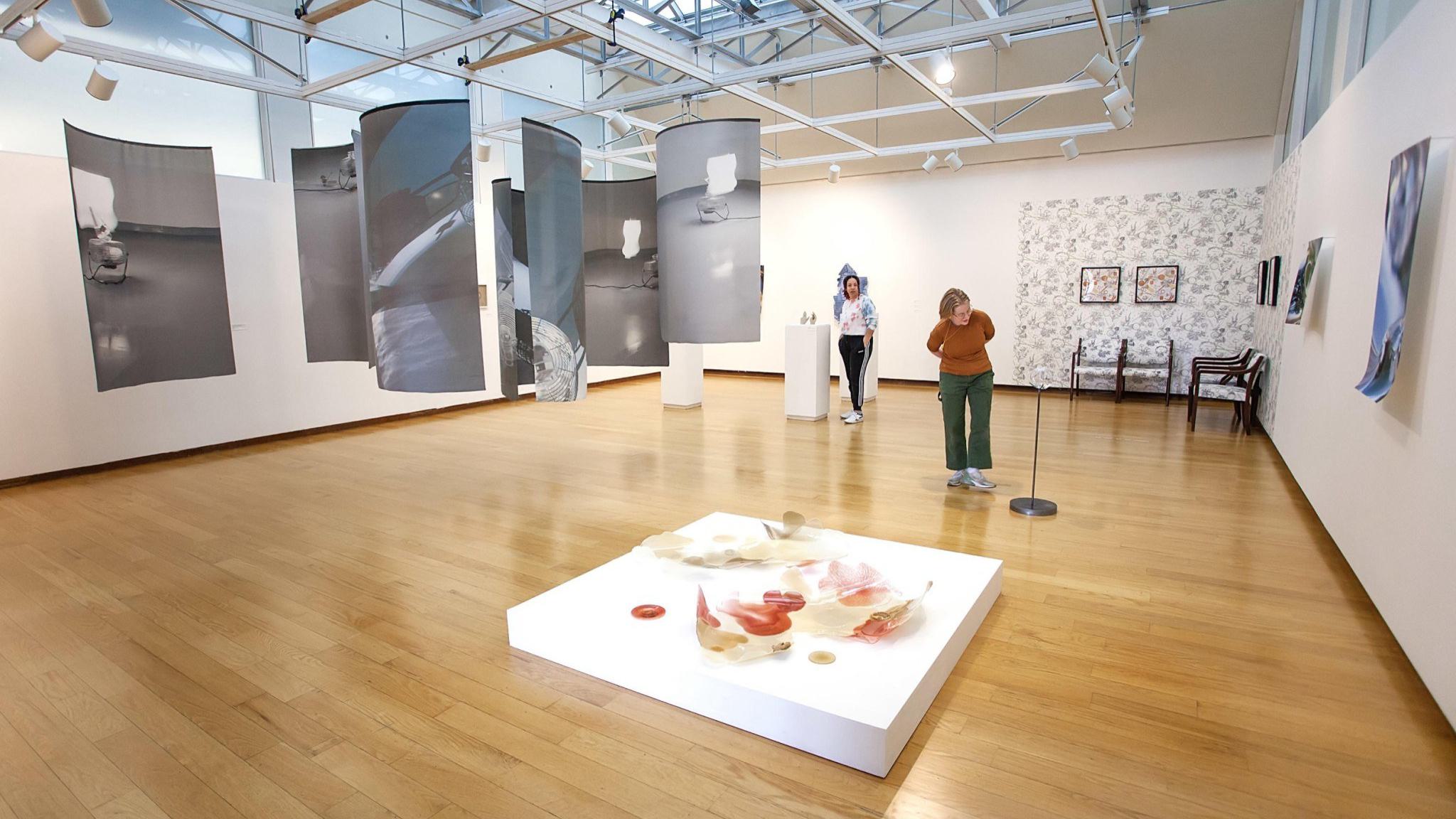
Our galleries
We exhibit work by visiting professional artists and our own student artists in galleries throughout the Jewett Arts Center and in Pendleton West. At the end of each academic year, all of the spaces are turned over to the Senior and Thesis Exhibition, as our graduating seniors showcase their work.
Places and spaces
-
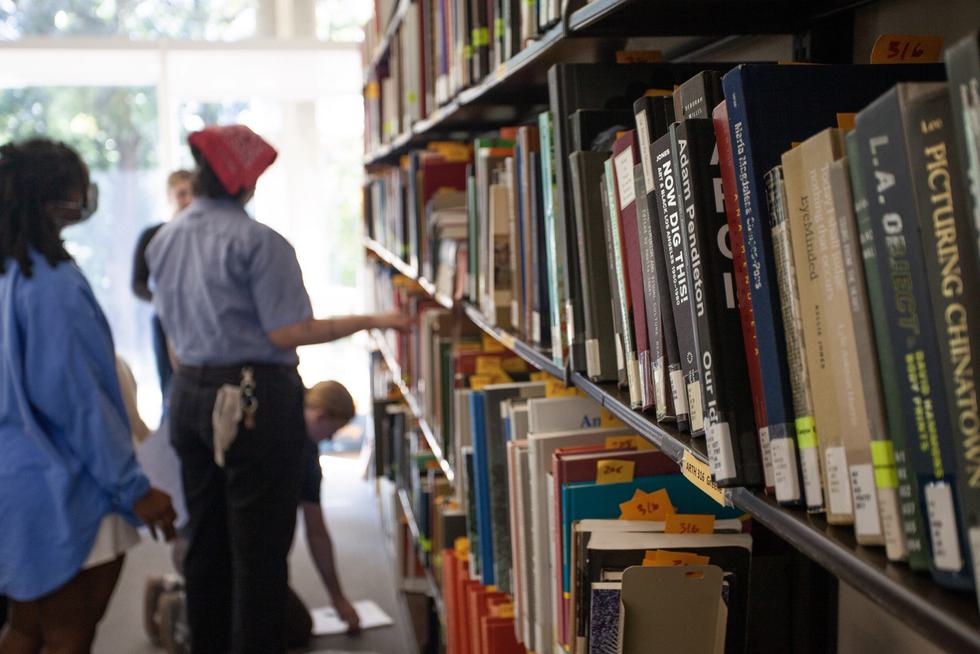
Art Library. Our art and architecture library collections cover the history, theory, criticism, and practice of the visual arts. They include books, exhibition catalogs, periodicals, and access to the major databases for the visual arts
-
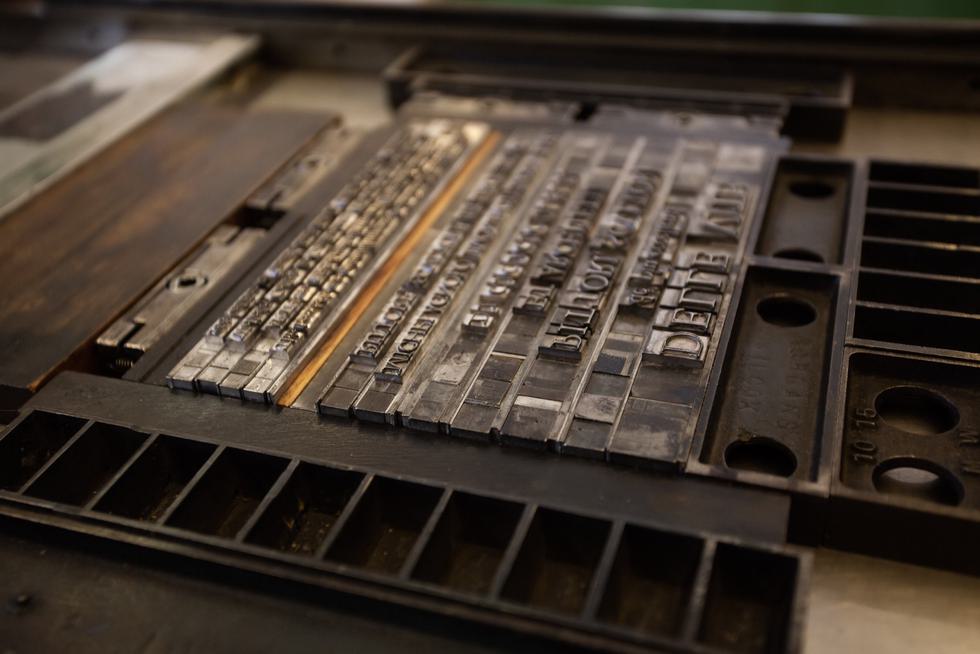
Book Arts Lab. Students learn typography, letterpress printing, hand bookbinding, and decorated papers techniques in the Book Arts Lab, home to the Annis Press imprint.
-
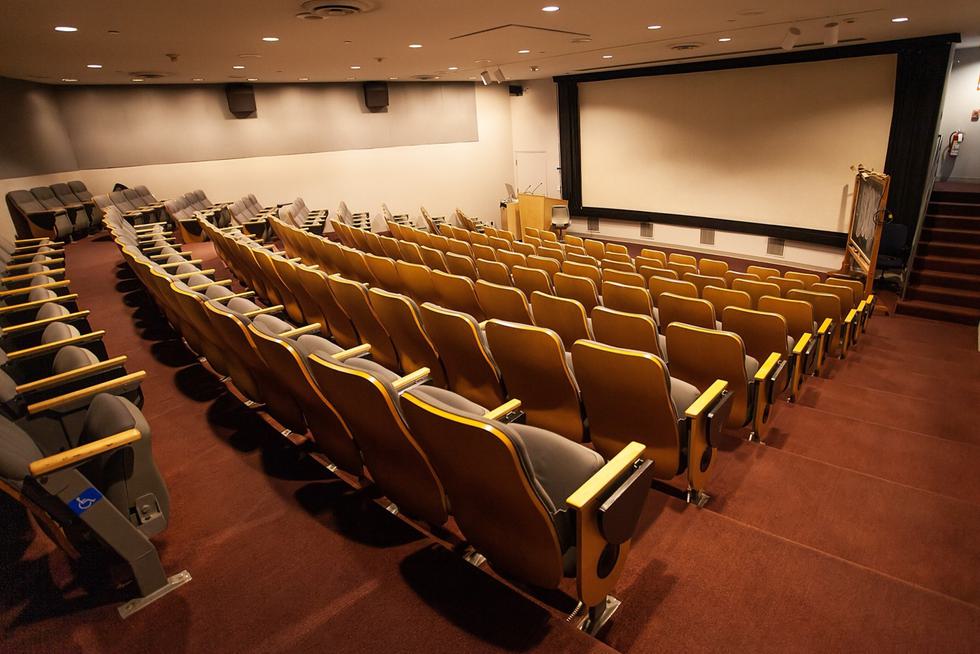
Collins Cinema. Featuring two 35 mm projectors and cinema seating with a capacity of 175, Collins Cinema hosts CAMS courses, special programs, and student Film Society screenings.
-
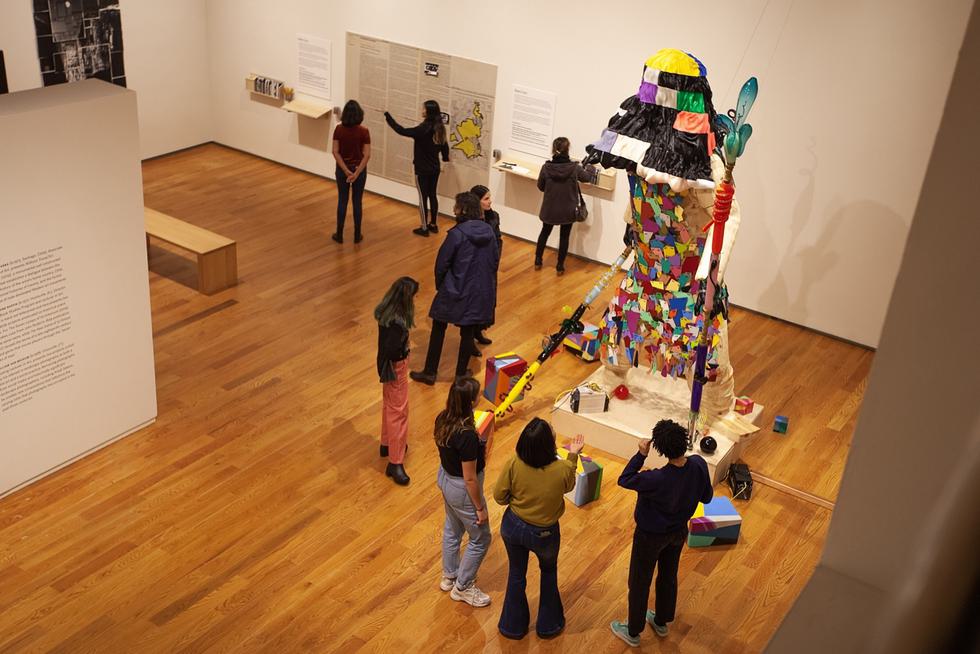
Davis Museum. Home to distinguished permanent collections from around the globe, the Davis Museum holds a rich, wide-ranging collection of global art from ancient Egyptian sculptures to contemporary photography. We make extensive use of the collections to teach in the direct presence of art.
-
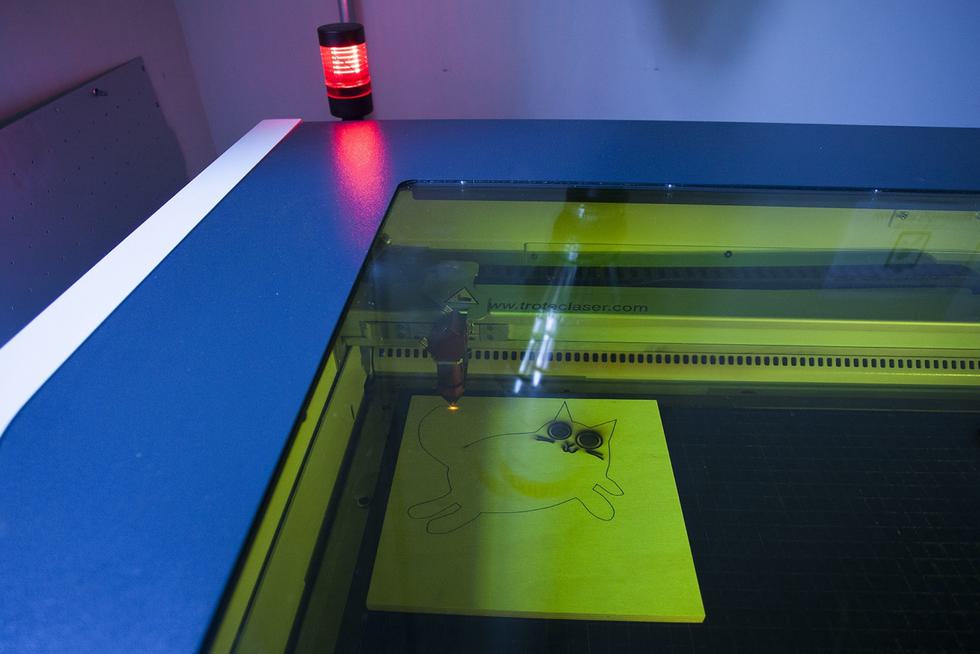
Digital fabrication studios. A number of digital fabrication processes, including 3D printing, laser cutting, vacuforming, and soldering, are available in the digital fabrication studios. Art students create prototypes, props, and works of art that combine digital rendering and preparatory processes with physical materials, exploring new ways of working in both 2D and 3D.
-
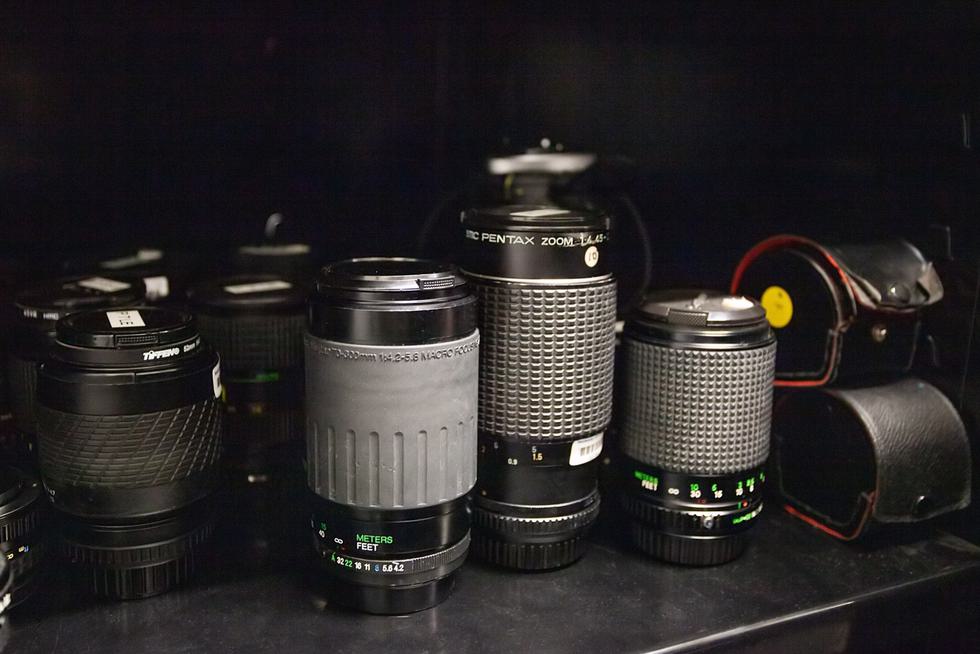
Equipment cage. The cage is a one-stop shop for art students who need equipment rentals or art paper. Students can buy exclusive art paper for painting, drawing, and printmaking classes, or borrow media equipment for photo, video, and new media classes.
-
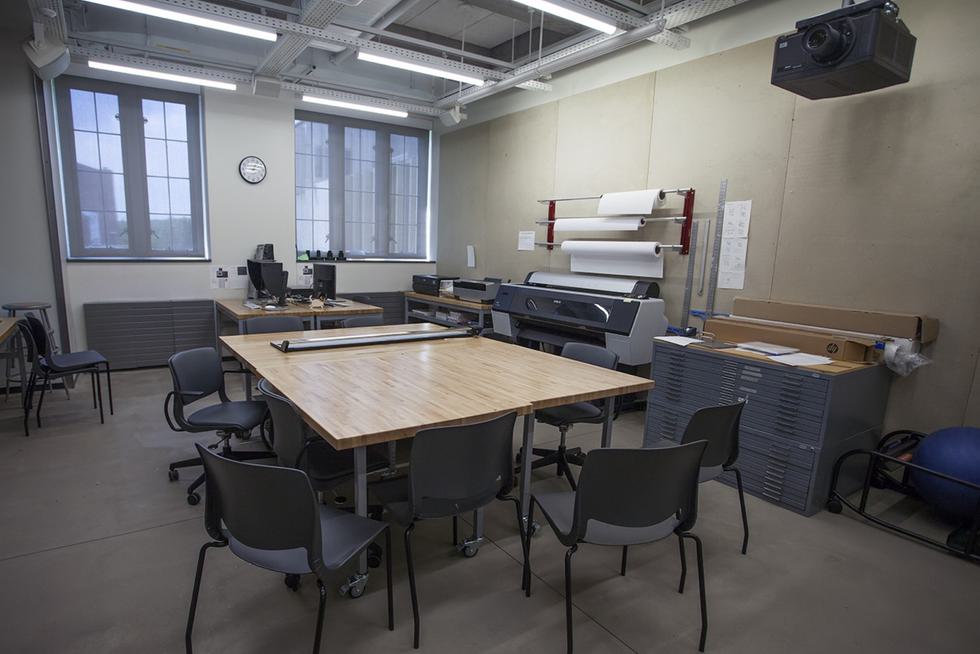
Digital output and flex media room. In this room, art students can work on a variety of projects in both physical and digital media, using scanners, photo printers, projectors, and computers with color-calibrated monitors.
-

Jewett Art Gallery. The Art Department’s marquee exhibition space, the Jewett Art Gallery is an extended teaching facility for the Studio Art Program.
-
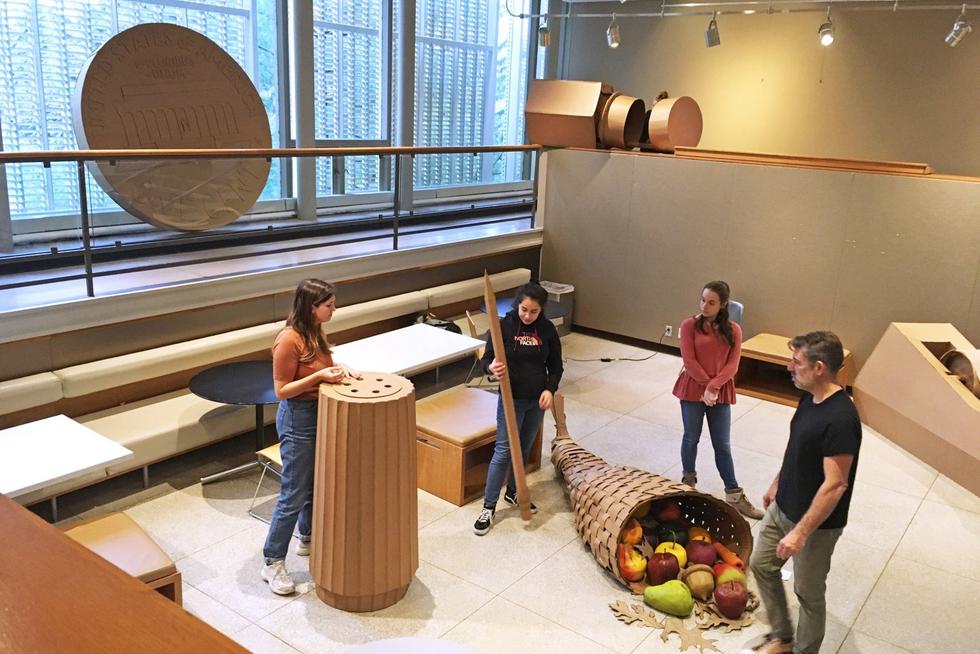
Jewett Sculpture Court. This light-filled, multilevel room serves as an exhibition space, a meeting place for art-related student clubs, and a spot for students, faculty, and staff to hang out or work between classes.
-
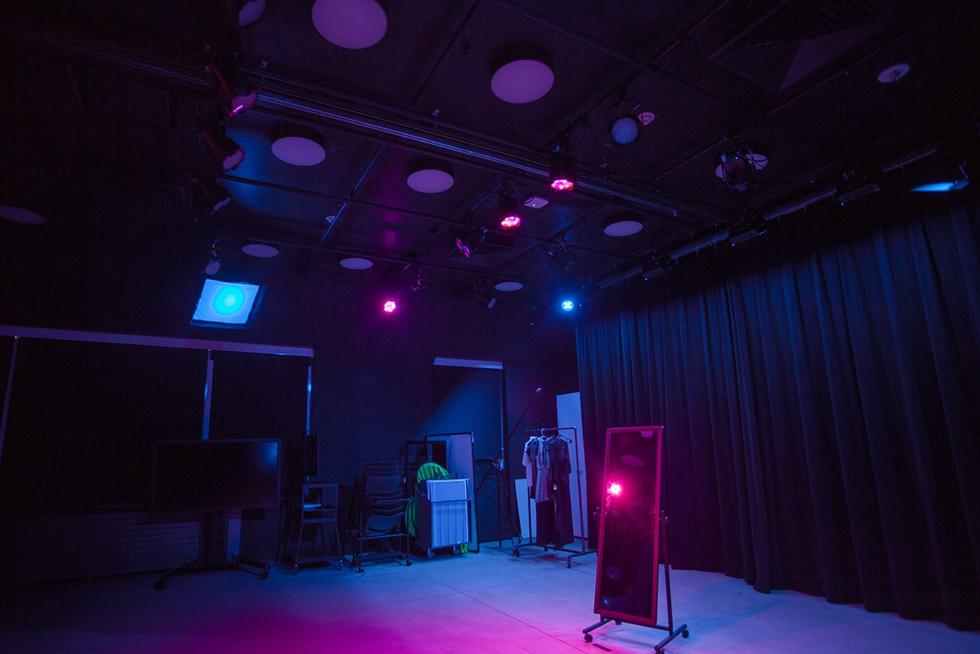
Lighting studio. In this dedicated studio space, students create flexible and customizable lighting setups for a variety of photography, video, and installation-based projects. The attached audio recording suite has a soundproofed room and a mixing and editing space.
-
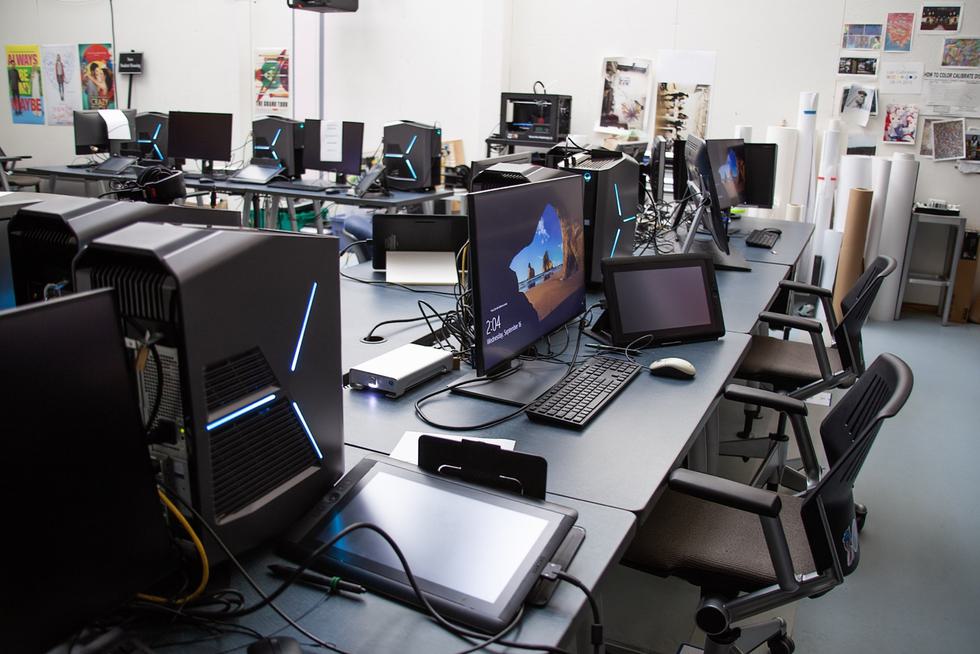
Media Arts Lab. The Media Arts Lab contains Alienware computers with dual monitors and Wacom tablets, as well as high-quality printers, flatbed scanners, an HD projector, a 3D printer, and a vinyl cutter. A variety of software packages are installed on the machines, including Adobe Creative Cloud, Lightroom, Final Cut Pro X, and Autodesk Maya.
-
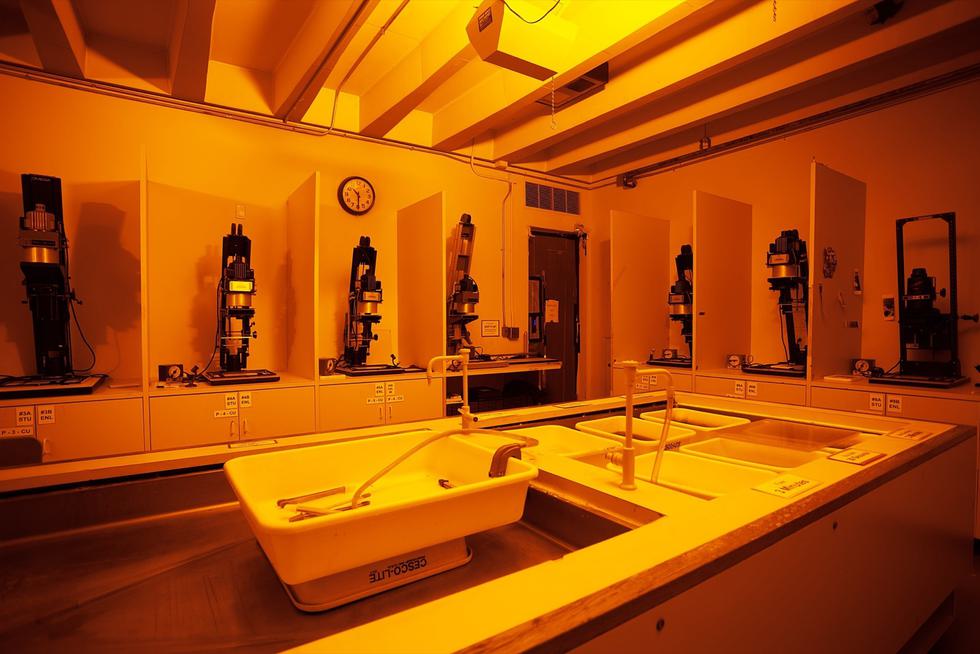
Photography darkroom. With enlargers, developing baths, and other equipment, the darkroom is home to analog photography classes and projects.
-
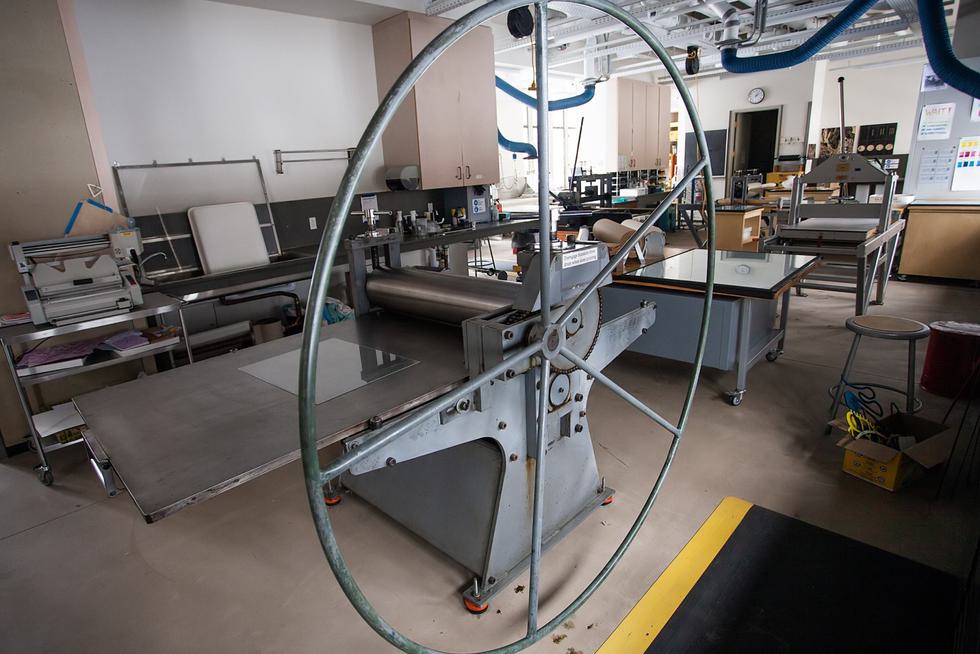
Printmaking studios. Dactyl Press, the Art Department’s printmaking studio, has a variety of presses and other equipment necessary to make lithographs, etchings, woodcuts, and many other kinds of prints. A separate studio is dedicated to papermaking and screenprinting
-
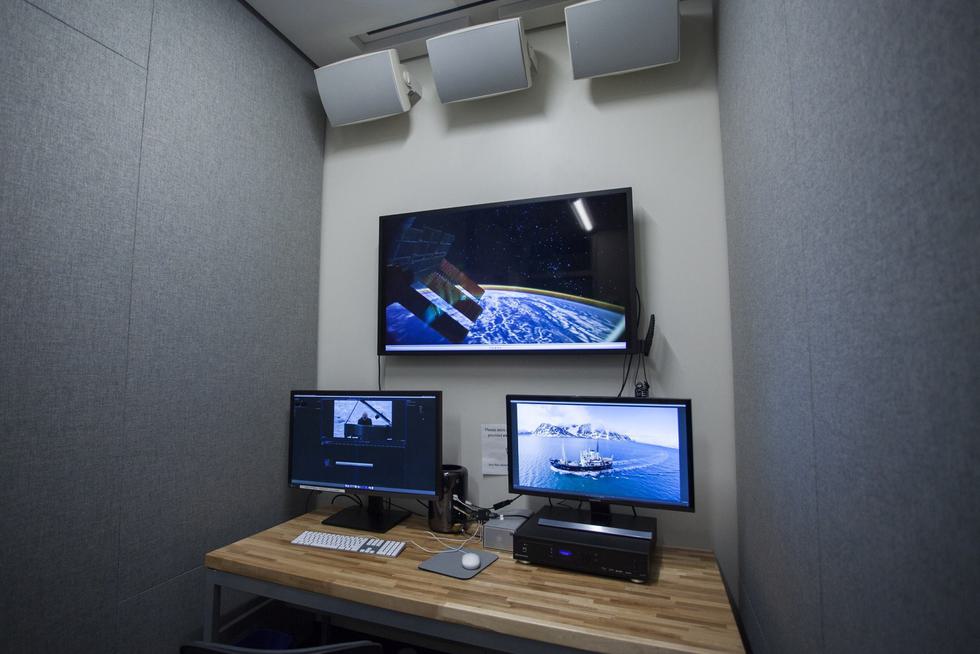
Video editing suites. These soundproofed rooms have permanently installed equipment to facilitate the editing of digital video, animation, and audio-based work.
-
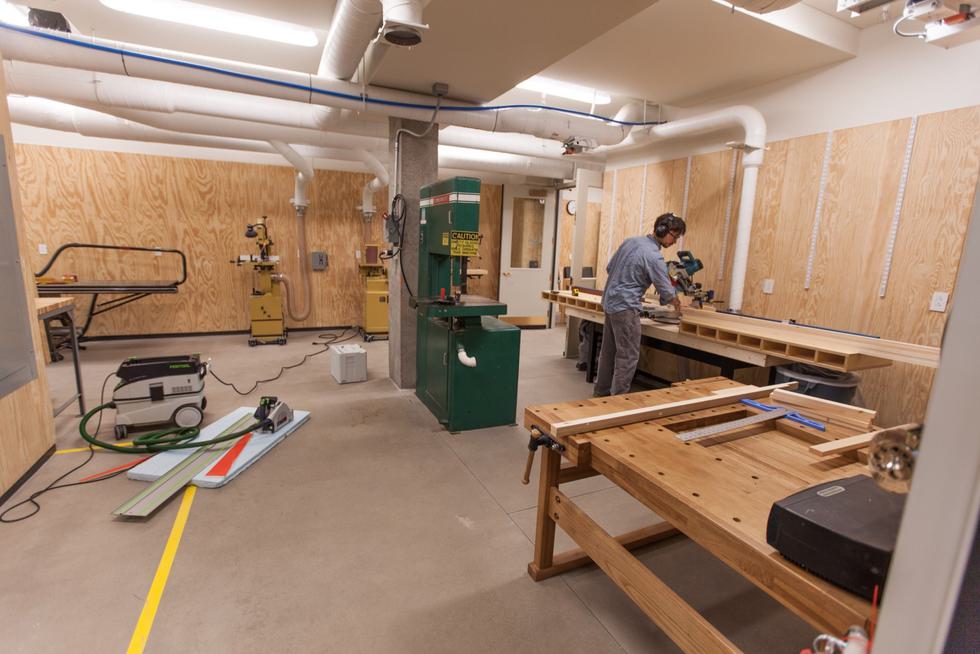
Wood, metal, and plaster shops. The wood shop spans several rooms and includes a hand tools work area, sculpture area with a plaster room, and spaces with more complex machinery. The shop has a circular saw, band saw, drill press, and CNC machine.
Opportunities
-
Access to local museums
Wellesley students, faculty, and staff enjoy free admission to the Harvard Art Museums, the Museum of Fine Arts (with ID), and the Isabella Stewart Gardner Museum (with code).
-
Funding for students
Available to Art Department majors and minors, the Alice T. Friedman Endowed Fund supports research, travel, internships, or special projects intended to help students prepare for careers in the arts.
-
Davis Museum collaboration
Students can apply to work at the Davis Museum as student workers/docents, summer interns, and members of the Davis Museum Student Advisory Committee
-
Early career support
The Alice C. Cole ’42 Studio Project Grant provides project-based funding to recent Wellesley College graduates for the development, production, and exhibition of new work in painting and sculpture. The Alice C. Cole ’42 Fellowship is awarded to an emerging painter or sculptor, funding one year of unimpeded time and space to experiment, develop a body of work, and focus on future artistic goals.
Beyond Wellesley
Beyond Wellesley
Most of our graduates work in creative fields, such as fine arts, architecture, film and television, advertising, and design. Some pursue careers in software development and online industries. A considerable number of graduates earn advanced degrees, with some working in higher education.
Recent Employers



Department of Art
106 Central Street
Wellesley, MA 02481
